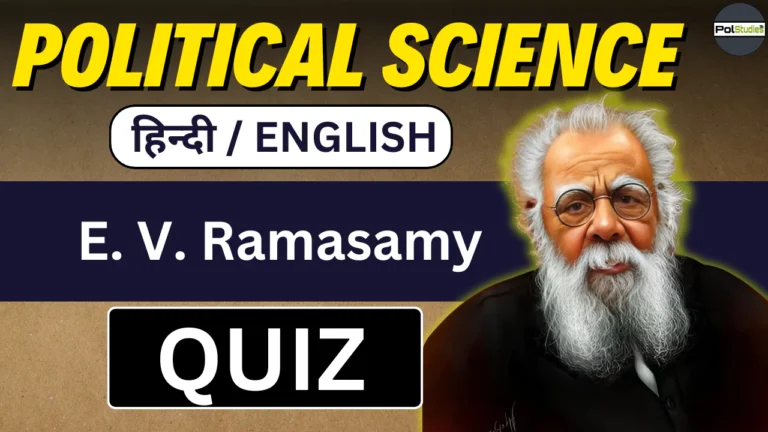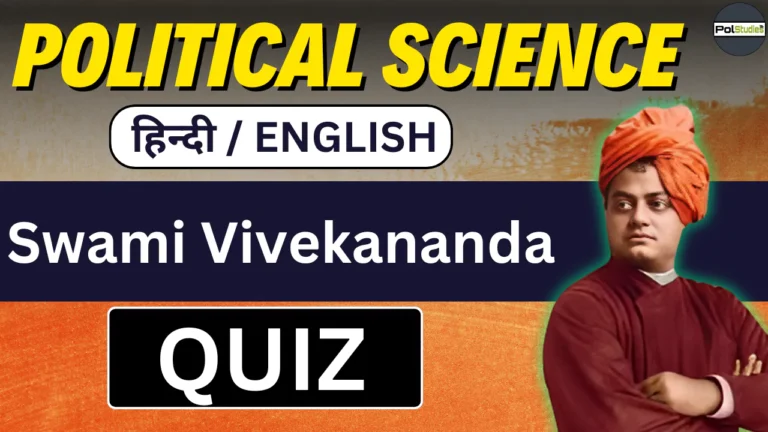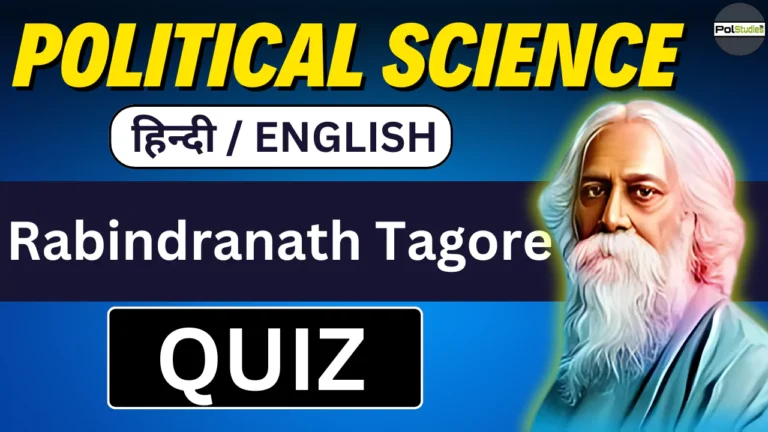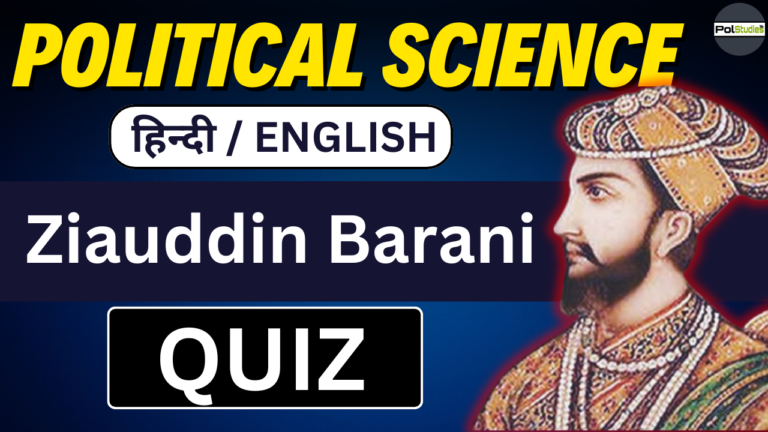Kabir Major Theories | Notable Works | UGC NET | CUET-PG
1. Introduction:
Kabir (c. 15th century) was one of the most influential poet-saints and social reformers of the Bhakti movement in India. He is often considered a bridge between Hinduism and Islam, as his teachings transcended both religious boundaries.
- He was born in Varanasi, and although his exact background is debated, most sources suggest he was raised by a Muslim weaver family.
- He is known for his doha (couplets), which reflect mysticism, devotion, and socio-religious critique.
Whatch on YouTube
2. Major Theories and Ideas:
Kabir’s philosophy was spiritual, social, and political in nature — grounded in bhakti (devotion) and nirguna (formless) worship. His thought includes the following key ideas:
(a) Nirguna Bhakti:
- Kabir rejected idol worship, temple rituals, caste practices, and formal religious authority.
- He emphasized devotion to a formless God (Nirguna Brahman) — whom he variously called Ram, Allah, Khuda, Hari, etc.
- God, for him, was within the heart, not in religious symbols.
(b) Religious Syncretism:
- Kabir’s philosophy attempted to harmonize Hindu and Islamic beliefs.
- He criticized both Brahmanical orthodoxy and Muslim clericalism (pundits and maulvis alike).
- His teachings promoted unity of faiths and spiritual humanism.
(c) Critique of Social Hierarchy:
- Kabir rejected the caste system, arguing that all human beings are equal before God.
- He gave voice to the Dalits and marginalized by emphasizing personal spirituality over social status.
- His works directly challenged the hegemonic social order of medieval India.
(d) Emphasis on Inner Experience:
- Kabir emphasized self-realization, meditation, and inner purity.
- He valued the guru (spiritual teacher) as the essential guide to enlightenment.
- His philosophy bears elements of Sufism, Vedanta, and Sant tradition.
3. Major Works:
While Kabir did not write texts himself, his poems and couplets were compiled posthumously by his followers.
| Work/Collection | Description |
|---|---|
| Kabir Bijak | A collection of Kabir’s verses compiled in the Kabirpanthi tradition; includes dohas, sabads, and ramainis. |
| Kabir Granthavali | A compilation used by Rajasthan’s Bhakti tradition, includes several of his philosophical poems. |
| Guru Granth Sahib (Sikh Scripture) | Contains many of Kabir’s hymns, as Guru Nanak greatly admired his teachings. |
Quiz in English
4. Kabir in Indian Political and Social Thought:
- Kabir’s teachings challenged institutionalized religion, feudal oppression, and Brahmanical dominance.
- He democratized spiritual discourse by using vernacular Hindi, accessible to the masses.
- He inspired future reformers like Ravidas, Nanak, and later Ambedkarites, making him a precursor to modern Indian social reform movements.
Quiz in Hindi
5. Legacy and Impact:
- Kabir’s followers, known as Kabirpanthis, have kept his teachings alive in oral and written traditions.
- He is revered in Hindu, Sikh, and Sufi traditions alike.
- His poetry continues to influence Dalit literature, folk culture, and modern Indian philosophy.
Conclusion:
Kabir was not just a mystic poet, but a revolutionary thinker who redefined spirituality in terms of equality, simplicity, and direct experience of the divine. He remains a symbol of resistance to orthodoxy, caste, and communal divisions, and holds a permanent place in Indian socio-political and spiritual history.







